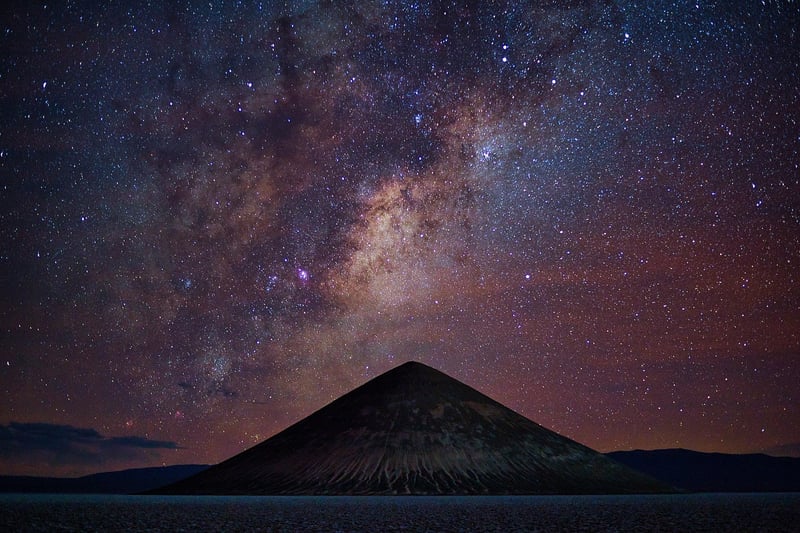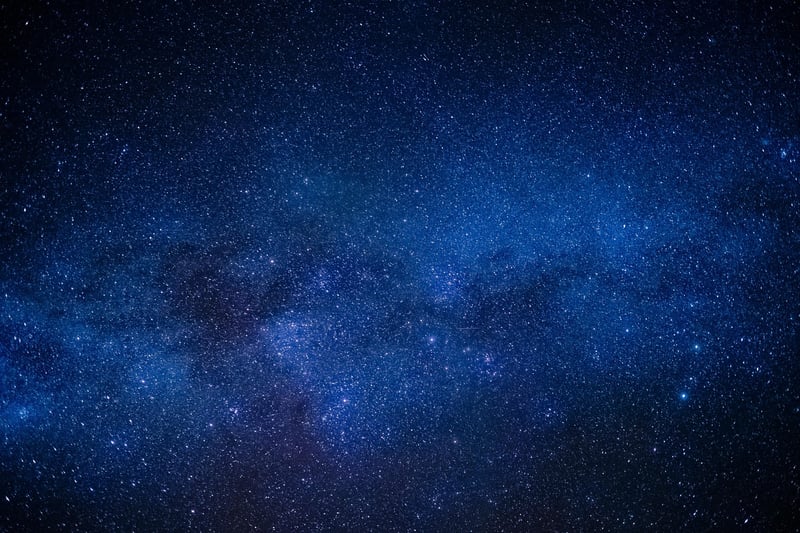Stellar Phenomena
Unraveling the Mysteries of Stars
Introduction to Stars
Stars have fascinated humans for centuries with their luminous beauty and immense power. These celestial bodies are born from clouds of gas and dust, and their life cycles hold numerous mysteries waiting to be unraveled.
Formation of Stars
Stars are formed in vast molecular clouds where gravity causes gas and dust to collapse, forming a protostar. As the protostar grows, nuclear fusion ignites in its core, marking the birth of a star.
Stellar Classification
Stars are classified based on their spectral characteristics, temperature, and luminosity. The most common classification system is the Morgan–Keenan (MK) system, which categorizes stars from O (hottest and brightest) to M (coolest and dimmest).
Stellar Evolution
Stars evolve over millions to billions of years, transforming from protostars to main-sequence stars, red giants, and eventually white dwarfs, neutron stars, or even black holes, depending on their initial mass.
Stellar Phenomena
Stellar phenomena are captivating events that occur within stars or between stars in a system. These include supernovae, black holes, neutron stars, pulsars, and more, each with its unique characteristics and implications.
Exploring the Universe
Studying stars and their phenomena not only helps us understand the cosmos but also provides insights into the fundamental forces and processes governing the universe. Scientists use telescopes, satellites, and observatories to observe and analyze stellar objects.
Conclusion
Stars continue to be objects of wonder and scientific inquiry, holding the key to unlocking the secrets of the universe. As we delve deeper into the mysteries of stars and stellar phenomena, we gain a deeper appreciation for the vastness and complexity of the cosmos.


For more information on stars and stellar phenomena, visit NASA's Stars Page.
